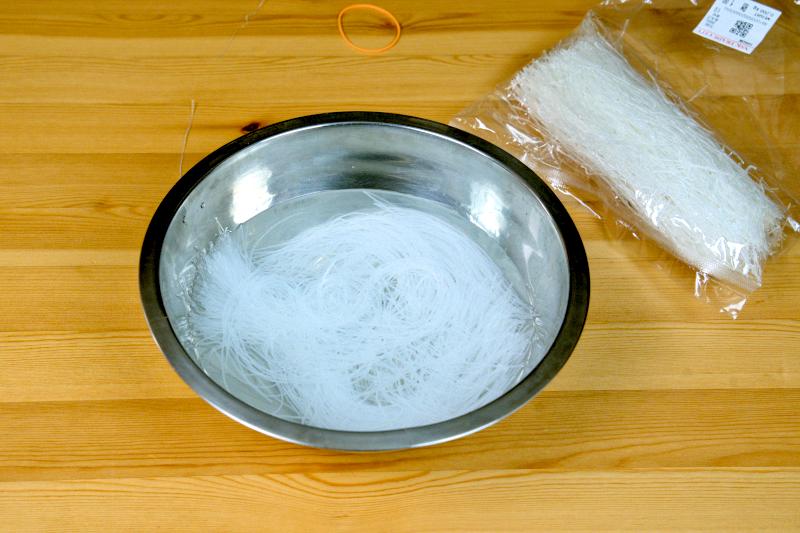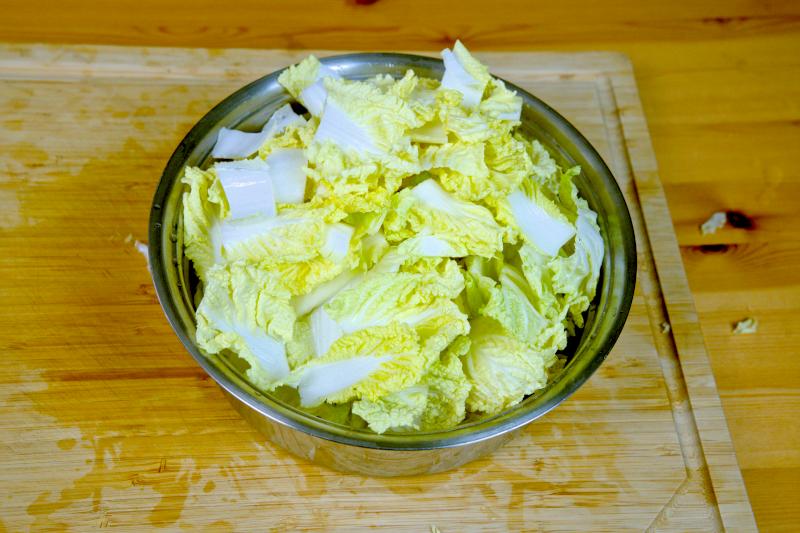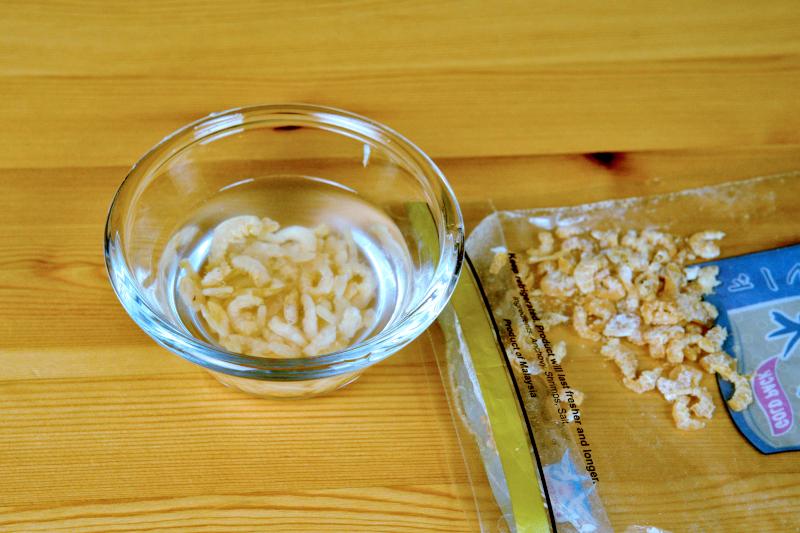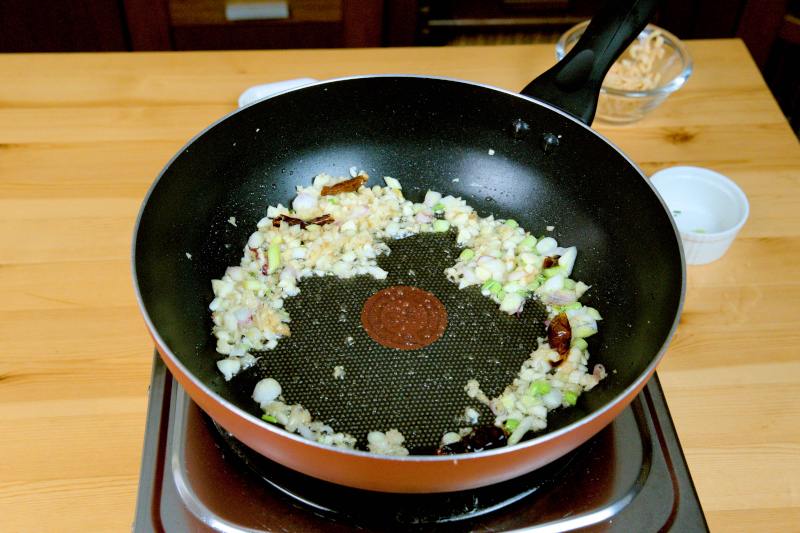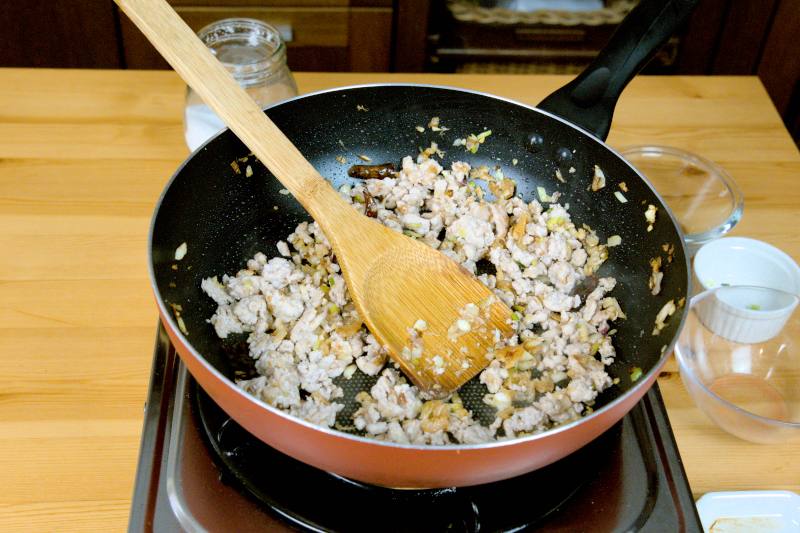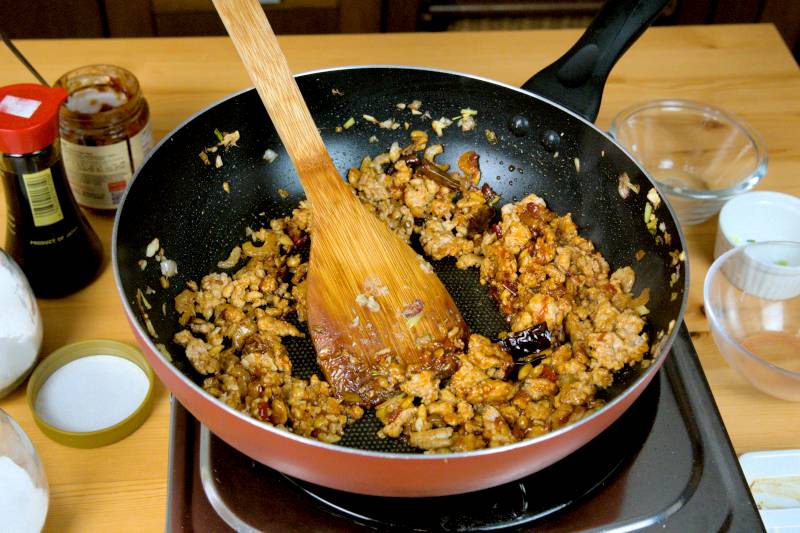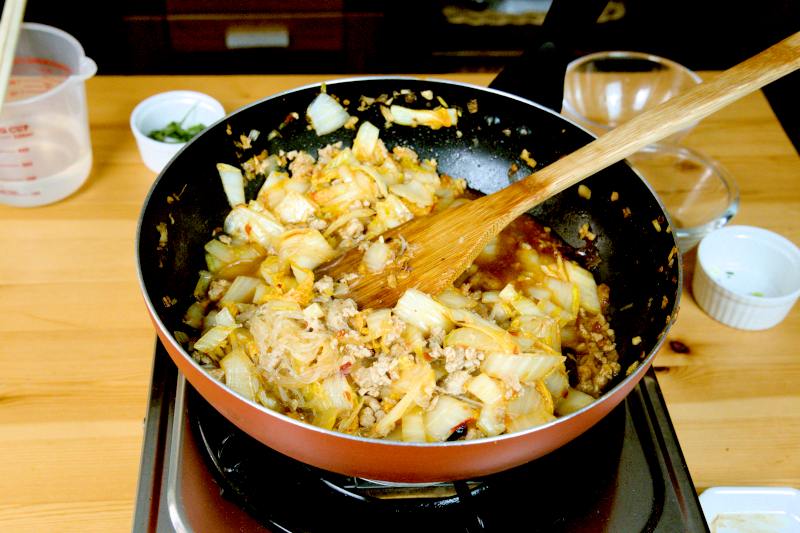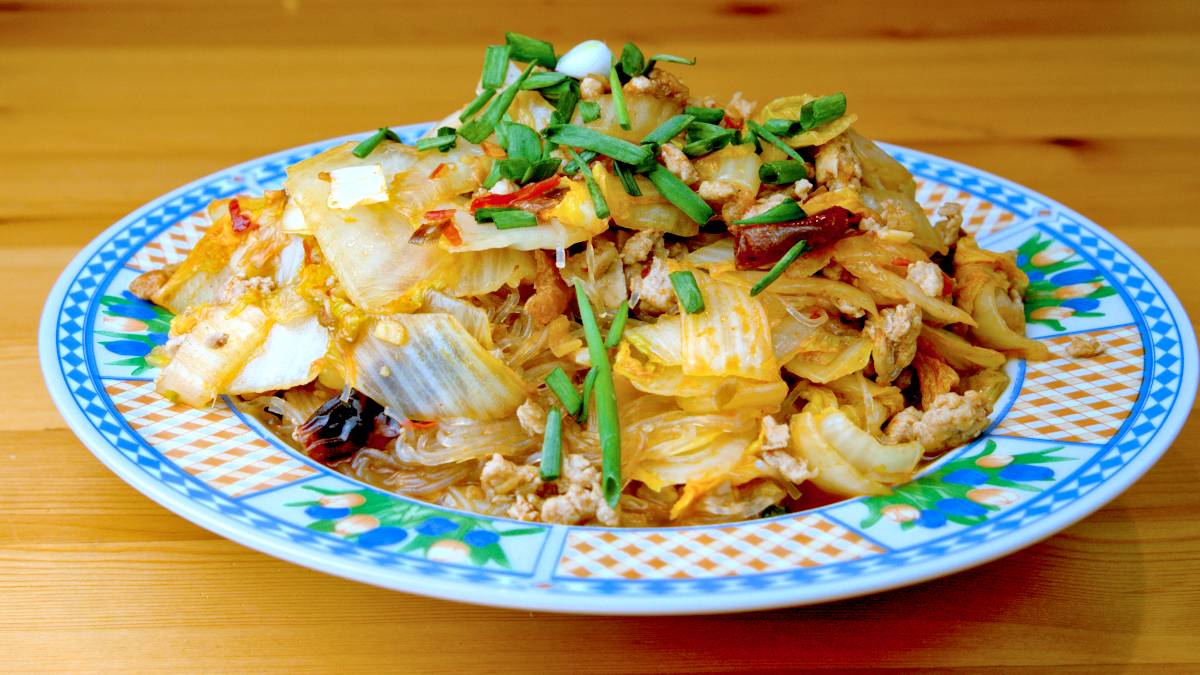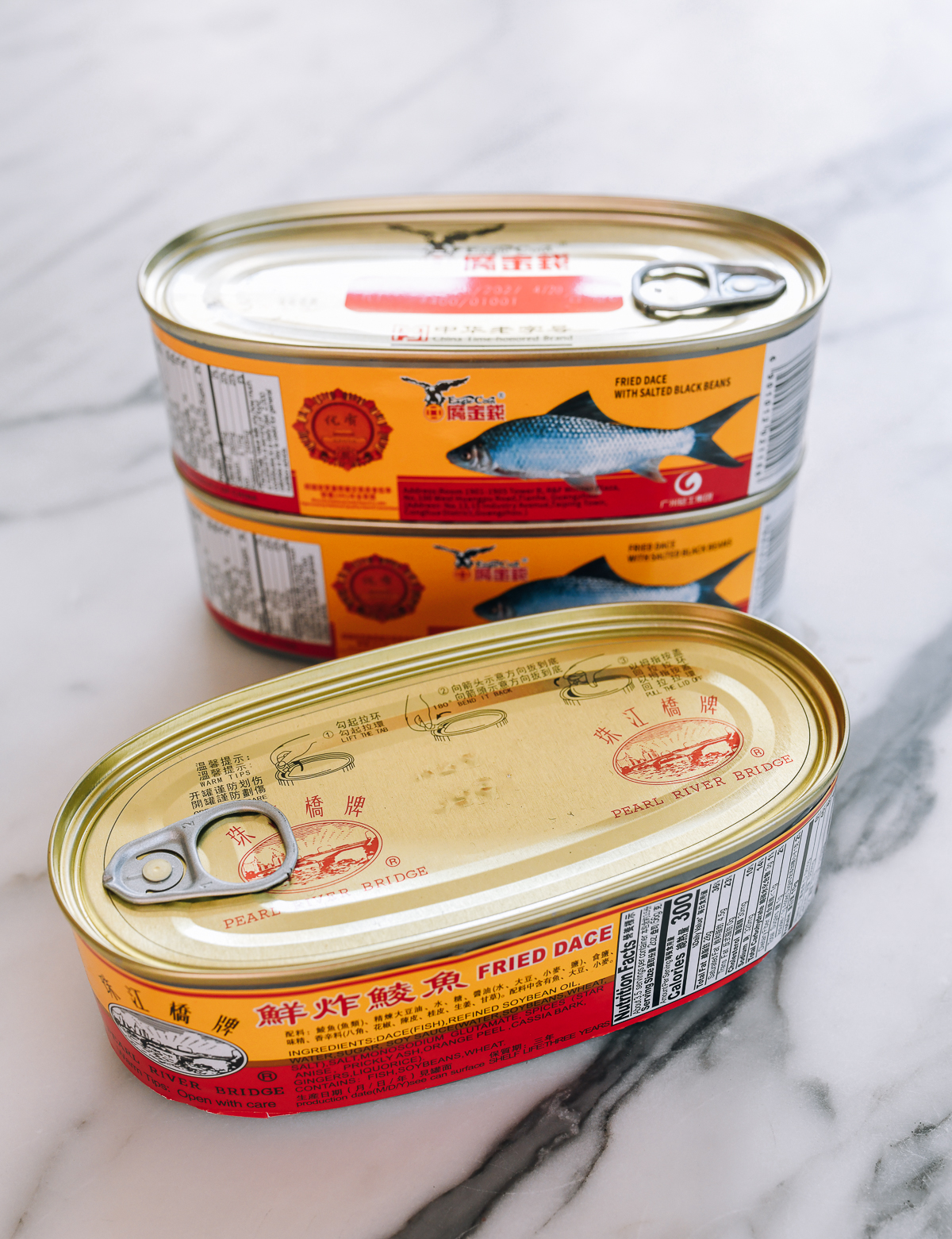Have you ever tried Cabbage Glass Noodles Stir-Fry? I recently visited a nearby Chinese restaurant and discovered this delightful combination. Inspired by the flavors, I made some adjustments by incorporating Sichuan spices to create a unique dish.

Ingredients Required for Cabbage Glass Noodles Stir-Fry
- Baby cabbage, known as 娃娃菜 (wáwácài) in Chinese, is a smaller, crisper, and sweeter variety compared to larger Chinese cabbage. You can substitute it with napa cabbage or any round cabbage if needed.
- Glass noodles (also called cellophane noodles or mung bean noodles) are essential for this dish. When cooked, they become translucent with a slippery, chewy texture, absorbing flavors beautifully. They are widely available in Asian markets.
- A mix of Sichuan spices, including chili bean paste, adds a spicy kick to the chewy noodles and crunchy cabbage. You may also opt for dark soy sauce for a richer color and Sichuan chili oil for added heat.
- The aromatic base consists of dried chilies, the white parts of green onions, chopped garlic, and minced ginger, a classic combination in many Chinese dishes.
- If you prefer a non-vegetarian option, consider adding minced meat and dried shrimp for enhanced flavor. Ground pork and dried shrimp work well, but you can use just one to simplify the dish. This addition ensures rich, layered flavors in every bite, making it suitable as a side or main dish.
How to Cook Cabbage Stir-Fry with Glass Noodles
- Soak the glass noodles in cold water until they soften, which typically takes 15 to 20 minutes. You can speed up the process by using hot water. After soaking, drain the noodles and cut them into short sections, about one to two inches long.
- While the glass noodles are soaking, separate the baby cabbage leaves and wash them thoroughly. Cut them into small pieces, about one inch long.
- Clean the dried shrimp with water to remove any dirt and loose shells, then soak them in water for 10 to 20 minutes to soften. Wash the dried chilies and cut them into smaller sections, removing the seeds if you prefer a milder heat.
- Heat some vegetable oil in a wok or large frying pan over medium heat. Add the chopped green onions (white parts), garlic, ginger, and dried chilies, stirring until fragrant, about 30 seconds.
- Add the dried shrimp and minced meat, continuing to stir-fry until the shrimp is aromatic and the meat is fully cooked.
- Add the baby cabbage along with the seasoning sauce made from chili bean paste, light soy sauce, sugar, and salt.
- Stir-fry the cabbage and other ingredients over medium-high heat. Add water as necessary to prevent drying until the cabbage softens but still retains a pleasant crunch. Lay the drained glass noodles over the top, adding more water and gently tossing the noodles with the cabbage to help them absorb the flavors.
- Continue cooking until all the liquid has been absorbed and the noodles are glossy and well-coated. Once the mixture appears dry, remove it from heat. Your Cabbage Glass Noodles Stir-Fry is now ready to serve!
